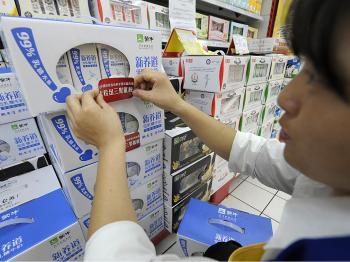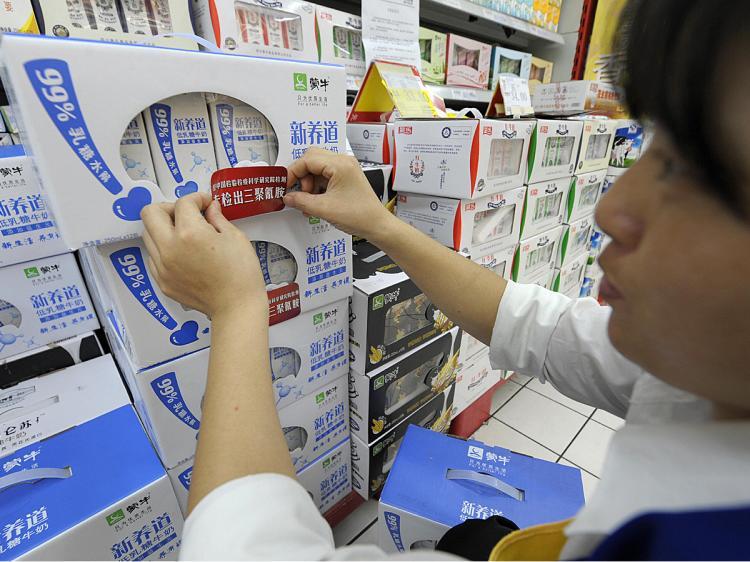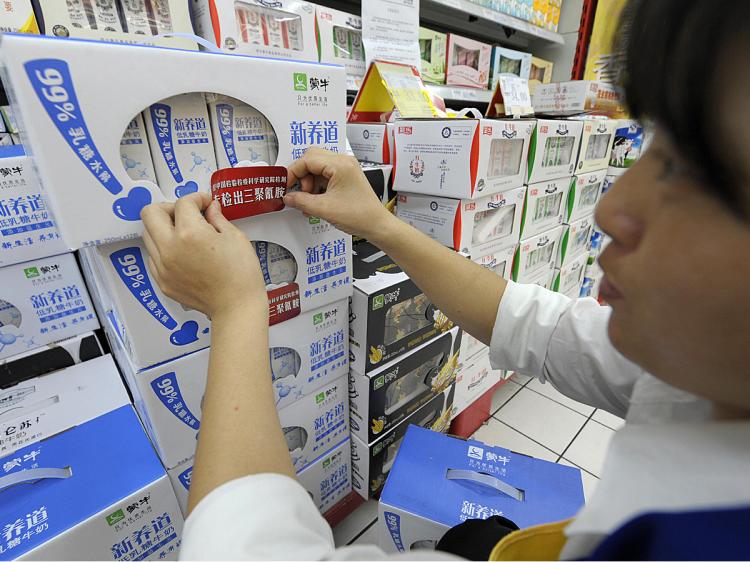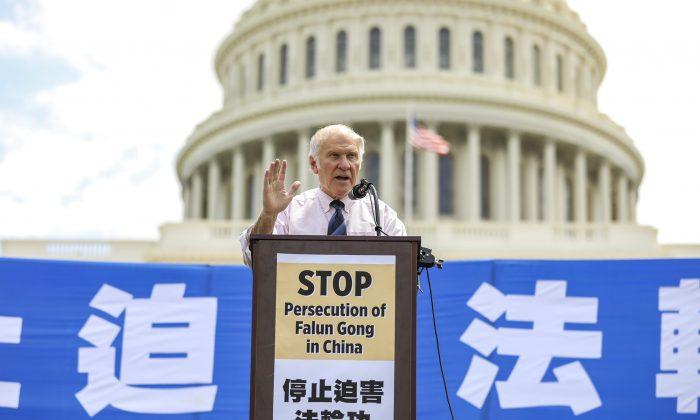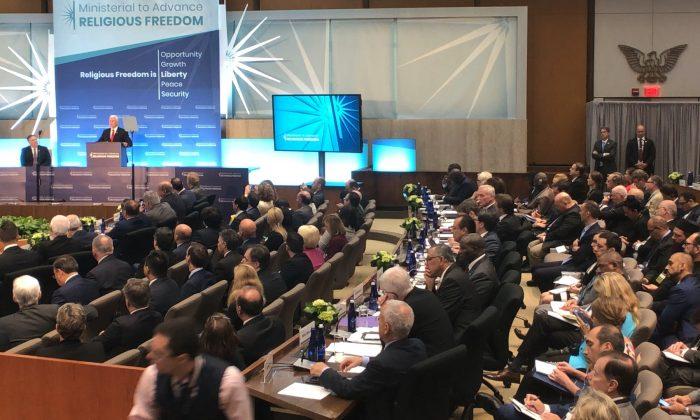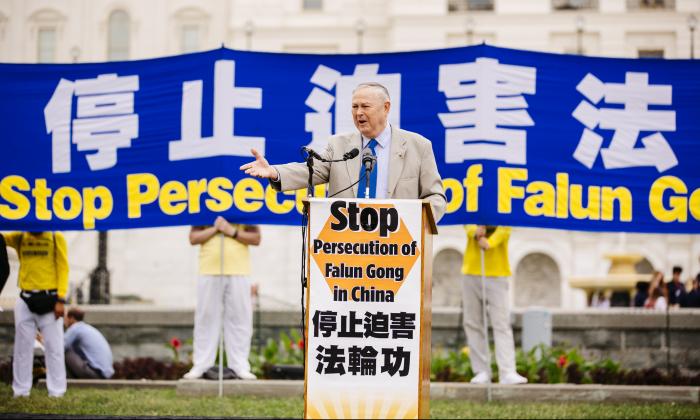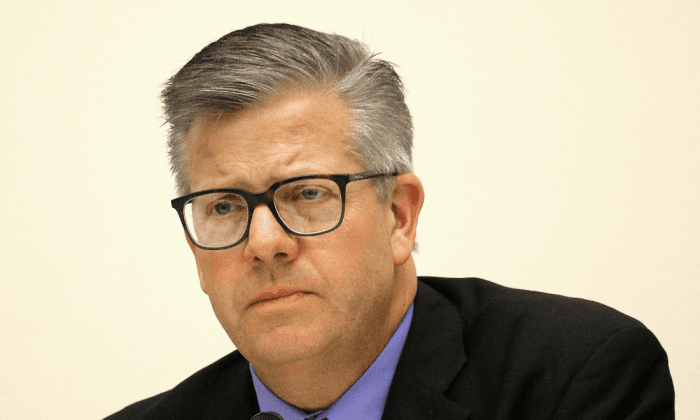The official news agency for the People’s Republic of China (PRC) printed a story last September about the safety of the melamine-contaminated milk which ChinaScope, a Chinese media watchdog group, says is highly misleading. The impression is given that a much respected U.S. regulatory agency, Food and Drug Administration (FDA), concludes from its laboratory tests that China’s melamine-contaminated milk is safe to drink.
On Sept. 19, 2008, the Xinhua News Agency reported that the U.S. Food and Drug Administration (FDA) and the European Food Safety Authority (EFSA) had conducted scientific evaluations on the safety margin for melamine (see article in Chinese: http://news.xinhuanet.com/fortune/2008-09/19/content_10076583.htm).
This was at the time when reports on melamine-contaminated milk powder were mounting daily, and by late November, over 50,000 infants in China had been hospitalized, treated and discharged, according to China’s Health Ministry, and at least four were reported dead.
In its report, Xinhua quoted the Central People’s Government of the People’s Republic of China regarding FDA testing of contaminated milk from China:
“According to medical experts, U.S. Food and Drug Administration (FDA), the European Food Safety Authority (EFSA), along with our own health authorities, had conducted scientific evaluations on the safety margin for melamine. By the strictest testing standards, it is safe for an adult with an average weight of [132 pounds] to drink less than two liters of milk (or 8 bags, with 250 ml per bag) with the above amount of melamine per day. To date there are no diagnosed cases of stones in urinary system due to drinking these milk products. [emphasis added].”
However, in response to an Epoch Times’ inquiry, FDA spokeswoman Judy Leon said they have never published information on the safety margin of melamine. Instead, FDA released information warning U.S. consumers not to purchase any infant formula milk powder from China.
ChinaScope concluded that because the Chinese authorities have no credibility on food safety, Xinhua brought the FDA and EFSA into its story. By combining the results of three sources, one of which was the FDA, Xinhua was able to either give the impression that the FDA conducted tests on the safety levels of melamine or endorsed such tests, and supported the conclusion that melamine was not a hazard to one’s health.
Space Story Written Before It Happens
An instance cited by ChinaScope of a fabrication by the state-controlled news agency occurred when Xinhua published, on Sept. 25, a detailed news report about the success of its spacecraft orbiting in space, but dated Sept. 27, hours before the actual launch of the spacecraft.
On Sept. 27, Xinhua issued an apology stating it was an “operational mistake.” The news report titled, “An Exciting Night on the Pacific: Shenzhou VII Orbits 30 Times” was attributed to reporters, Wu Denfeng, Mei Shixiong, and Wang Yushan. It vividly described how the astronauts received signals when the spacecraft was making its 30th circular orbit. However, all was neatly written prior to the actual happenings.
Given the state monopoly in media reporting of events of national impact in China, ChinaScope says that one cannot but wonder how much truth there is in the State media.
“From events like the 1958 Great Leap Forward to the Cultural Revolution, the 1989 Tiananmen Square Massacre to the persecution of Falun Gong starting in 1999, Xinhua has always been involved in fabricating news. Fabricated news stories against Falun Gong by Xinhua written in 1999 are estimated to be in the thousands,” wrote the Epoch Times, Sept. 28.
Xinhua, the world’s largest news agency is more and more regularly cited as a credible source. Nearly one third of the news reports on China selected by Google News originate from the agency, and its head holds the rank of minister, according to Reporters Without Borders.
Founded by Mao Zedong, Xinhua adopted its current name in January 1937. According to Reporters Without Borders, hand-picked journalists produce reports for the Chinese media Xinhua that give the official point of view, and others, classified “internal reference,” for the country’s leaders.
“Xinhua remains at the heart of the censorship and disinformation system established by the Chinese Communist Party (CPP) since it took power in 1949,” said Reporters Without Borders in 2005.
ChinaScope (www.chinascope.org) is a media research entity that gathers and translates Chinese-language media reporting and documents that are generally inaccessible to the West. Its contents provide a window into Chinese communist regime’s policy making, official attitudes, social developments, and changing perceptions of the West, according to its website. The organization is based in the Washington, D.C. metropolitan area, and is owned by Global Communications Association, Inc., an independent, nonpartisan, 501(c)3 nonprofit organization.
